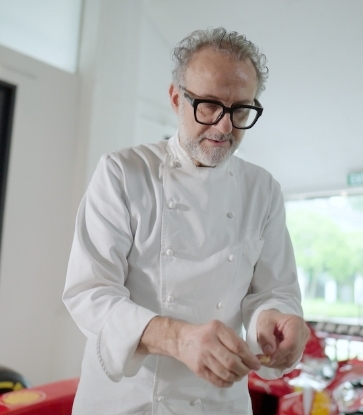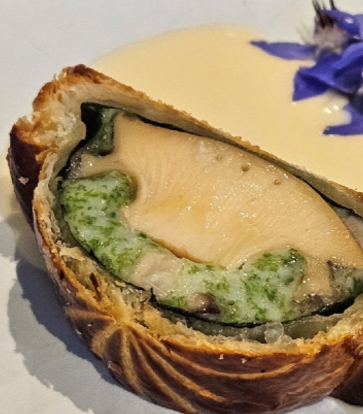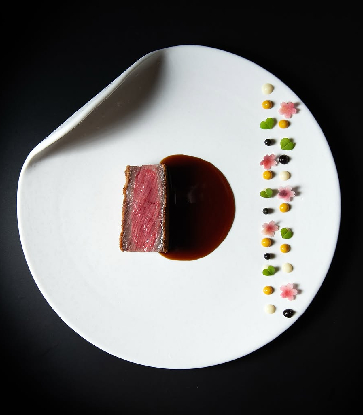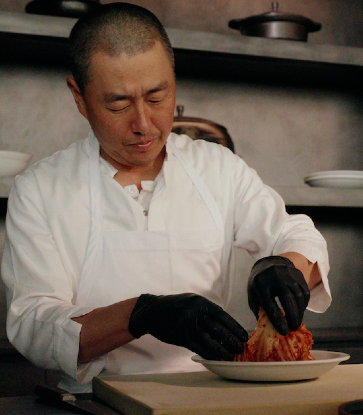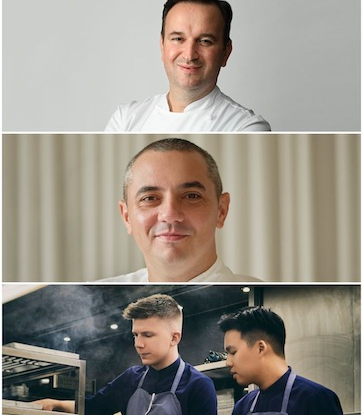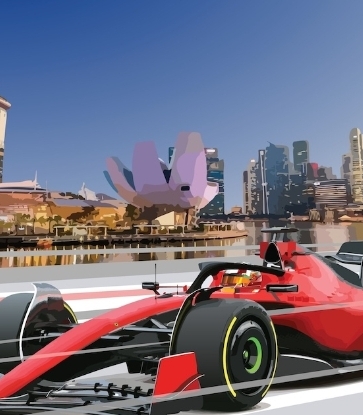The history of rock sugar
The process of making rock sugar was discovered in the Tang Dynasty, and through to the Song Dynasty, they called it 'sugar frost', or 'sugar ice'. It was only in the Ming Dynasty when they started using granulated sugar like we do today, that the term 'rock sugar' was coined.
A detailed historical record of the discovery and production of rock sugar is found in Song Dynasty historian Wang Zhuo's book. It describes how in AD766 to AD779, a Tang Dynasty monk in Sichuan began teaching the process of making rock sugar which began by boiling the juice of sugar cane into a thick viscous liquid and letting it flow down a bamboo pipe into an urn, where the crystals would form over time. And so began the thousand-year practice of making rock sugar.
Singapore's oldest sugar factory
What if we told you there was a place in Singapore that used the same age-old practice to make its rock sugar?
70-year-old Cheng Yew Heng Candy Factory is Singapore's biggest and oldest sugar supplier and manufacturer. Third-generation successor John Cheng talks about how the sugar factory was founded by his grandfather in 1947 in a little shophouse on Serangoon Road producing snacks like hawthorn and sour plum candies.
In the 1950s, John's father took over the business and began making rock sugar and red jaggery sugar. In the Eighties, the factory moved to its current 30,000 square foot premises in Jurong. The first floor is where the rock sugar is produced; the second, brown sugar, and the third level is where the offices are situated.
A little known fact: Cheng Yew Heng is not the name of John's grandfather. Cheng is their family name, Yew translates as 'friend' and represents the relationsip between the company and its employees, business partners and customers and Heng, which means 'flourish' in Mandarin, is what they hope to achieve with the company.

Out of the five third-generation Cheng siblings, John Cheng is the director of trading and business development while his older brother Cheng Liang Kheng is the managing director. Now 35, John remembers tagging along his father to work when he was a boy: "During the school holidays, I would go with my father to the shophouse in Serangoon. I was too young to help out much but I would help my father greet the customers and chat with regulars. I'd help by counting the cash and buying lunch back for the shop employees. My father was very hardworking and would do many things personally. He would always be the last to leave the shop, waiting till the last lorry came with the stocks and locking up the shop himself. By then I'd be dying to go home, but I had no choice but to wait for him to be done."
In those years spent with his father at the shophouse, he began to develop lasting relationships with their regular customers as well as his father's employees. He says that many of these employees have worked for his family for years and literally watched him grow up, becoming his role models. He now works overtime with his colleagues and frequently buys them meals.

Cheng Yew Heng prides itself in making the highest quality of sugar, adhering to time-honoured processes and standards. Sure, advancements in technology mean that they are able to produce much larger volumes, but the basic techniques of boiling down sugar and crystallization are age-old. But behind these seemingly simple steps are countless details and precise calculations: the viscosity of the syrup, the temperature of crystallization, the humidity of the environment all play vital roles. When John first joined the company in 2008, there were no detailed records of the standard procedures and so he set about standardizing each step.

Reponsible for overseeing the rock sugar production line is 70-year-old Guo Mao Qiang. In the 30 years that he has worked in the company, he has earned the informal title of Sugar Master. Today, Master Guo walks us through the production line, starting with the boiling of syrup. Each vat can cook up to 800kg of sugar and Master Guo stirs the vat with a long stick for at least an hour till the syrup boils and a white smoke emerges.
The work is hard and unbelievably hot, a less-seasoned worker could not make it look as effortless as Master Guo, who can make up to 10 vats a day. John says that when he joined the company in 2008, he wanted to lighten Master Guo's load by mechanizing the process, but countless experimentations failed. Somehow, the best rock sugar still had to be produced by hand.
When the viscosity of the syrup is just right, not too thin and not too thick according to the seasoned eyes of Master Guo, he turns off the fire and pours the syrup into a large iron tank outfitted with taps with which are then forklifted to a resting point where empty iron buckets await.

And then, there's nothing left to do but wait as time works its magic on the syrup, turning it into rock sugar crystals. Master Guo shares that the buckets need to sit for 14 days, during which they are not allowed to be moved because any slight movement or change in the environment could cause the sugar crystals to form poorly, or worse, not at all, wasting all the earlier efforts.






Cheng Yew Heng Candy Factory
No. 9 Chin Bee Drive, Singapore 619860







